Inside the iconic Italian film studio where Harry and Meghan will be partying this weekend
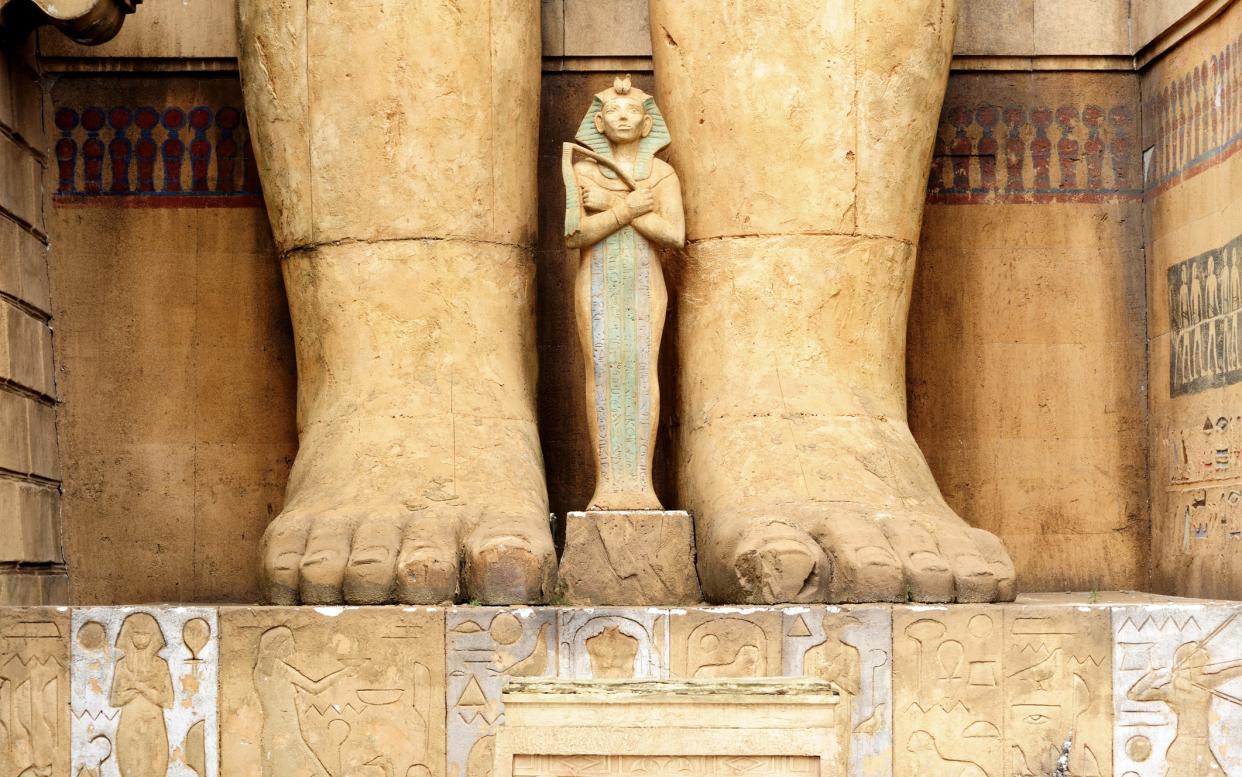
The Duke and Duchess of Sussex are in Rome for their friend Misha Nonoo’s wedding. One of the venues for the event will reportedly be Cinecitta, the Italian capital’s iconic film studio. Here’s what’s inside.
Cinecittà – Rome’s Cinema City – is Europe’s largest film studio, an entire metropolis dedicated to movie-making. Twenty-five years ago I lived in Rome and longed to visit, but back then it was a forbidden city where only the chosen entered.
Now the studios welcome paying visitors, and a few years ago I joined a group of film fans eager to discover the secrets of Rome’s “Hollywood on the Tiber”.
Cinecittà’s main square features a sedate green lawn shaded by umbrella pines. I was expecting to be greeted by a riot of clapper boards, costumed extras, pampered stars and screaming producers. But now we mortals are allowed through the front door, the talent comes in round the back.
Our guide Roberta ushers us onto the back lot. We are on “Broadway”: four streets built in 2002 for the film Gangs of New York and left here as a permanent legacy. This is Manhattan in the 1850s, with gas lamps, shops and houses – I peek behind the doors in search of fast-talking New Yorkers, but the only residents are lizards basking in the grass.
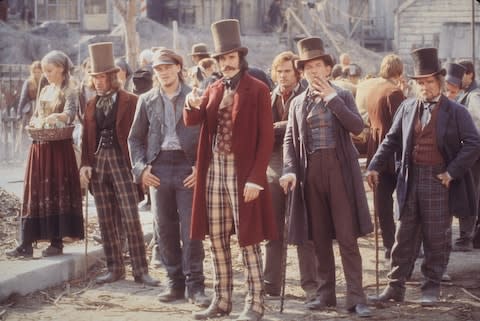
Left off “Broadway” is the “Roman forum” – not the ruins of the real thing, four miles down the road, but the Imperial city as the builders might have left it: the Temple of Venus, with its bright-red columns waiting for a Nero; a pristine green god of victory ready to fly from his column.
Five acres of the ancient capital are reconstructed here in deliciously crafted detail. This is what Cinecittà is famous for: widescreen toga-epics bankrolled by the Hollywood money that flowed up the Tiber during the Sixties – the days when old-school screen stars were seduced by la dolce vita. Richard Burton met Elizabeth Taylor, for example, during filming at Cinecittà.
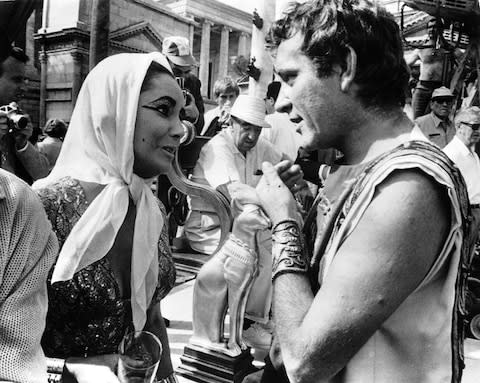
“This is where I would like to have lived,” says Roberta, pointing to an arcaded building of statues and grand columns. “In a patrician villa, as a Roman aristocrat. Though of course I would most probably have been over here” – she leads us along the “Via Appia” to the Suburra, the low backstreets of the ordinary Roman; the world’s first “suburbs”.
With my grasp on reality beginning to slip, I give the Temple of Venus a quick knock and a hollow plaster sound assures me that this is all part of the business of show.

But still any sense of geography and time proves elusive: in a corner of “Rome” is an ancient Egyptian Temple; beyond it is a replica of the St Peter’s papal balcony; and beyond it again is a street that leads us back 400 years to a medieval town.
And not just any medieval town, but to a perfect replica of 11th-century Assisi, created in plaster and fibreglass in just 15 days for a drama about St Francis. “I feel as if I am actually there, in the time of St Francis,” says someone on the tour. “Yes, but without the smell and plague,” replies her friend.
As we walk on a figure of Christ greets us with arms outstretched. The statue – which was flown over Rome by helicopter for the opening sequence of La Dolce Vita – is part of an historic collection of divinely crafted props made by the Di Anglis family. Adriano Di Anglis, a third-generation prop-maker, pokes his head from the jumble of movie treasures and invites us in.
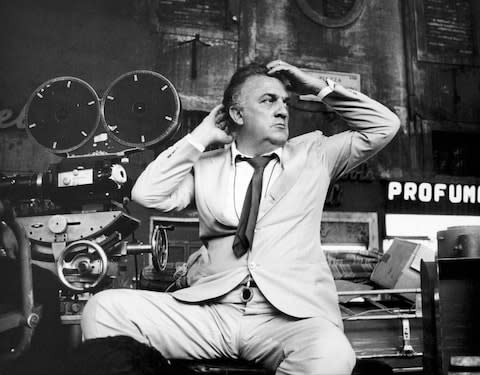
The interior resembles a museum rather than a workshop. “These were the dolphins on the Ben Hur chariot,” he explains. “Here is our life-size reproduction of Michelangelo’s David, and this... this I can’t remember what it was for. My father made it,” he says, pointing at a giant Pharaoh.
We finish our tour at Sound Stage 5, the spiritual home of Cinecittà’s maestro, Federico Fellini. Fellini was in love with the studios; he worked, slept and ate there. And when he died, people paid their respects at his coffin in Studio 5.
I decide to pay homage of sorts to Fellini back in the city centre – at the fountain that was built by a pope and made famous by a film (and a song). In La Dolce Vita Marcello Mastroianni is tempted to wade into the waters of the Trevi Fountain by the siren Anita Ekberg – nobody sees them splashing about, except for a kitten which Ekberg balances on her head.
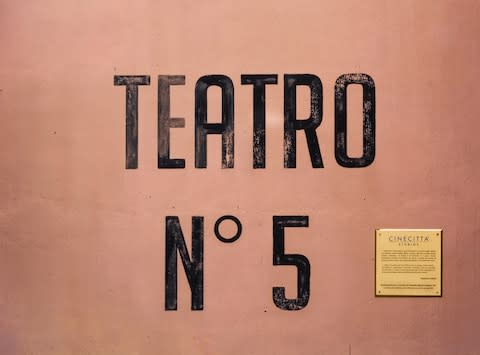
When I arrive the fountain square is packed. Legend famously says that if you throw a coin in the fountain you will return to Rome. But as most people can’t get close to the waters they launch their coins over the masses below: euros, dimes and pennies whistle perilously past the heads of visitors, startling the thirsty pigeons perched on the monument. Polaroid photographers try to sell their instant pictures to a digital generation, while a local down-and-out plucks a living from the fountain’s riches with a magnet on a stick. A policeman who should stop him chats on his mobile. If Fellini were alive today, he would love every moment. Rome is pure cinema.
How to visit Cinecitta
Open daily (except Tuesdays) from 9.30am to 630pm. Tickets cost €15 for adults; ticket office closes 430pm. See the website for more details.
In 2014 a new theme park, Cinecittà World, opened to the south of Rome. For details, see www.cinecittaworld.it.


